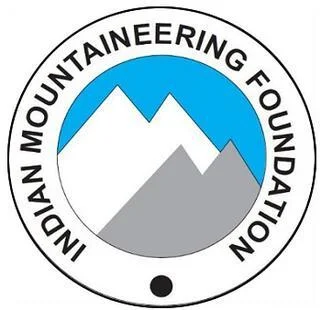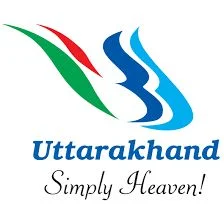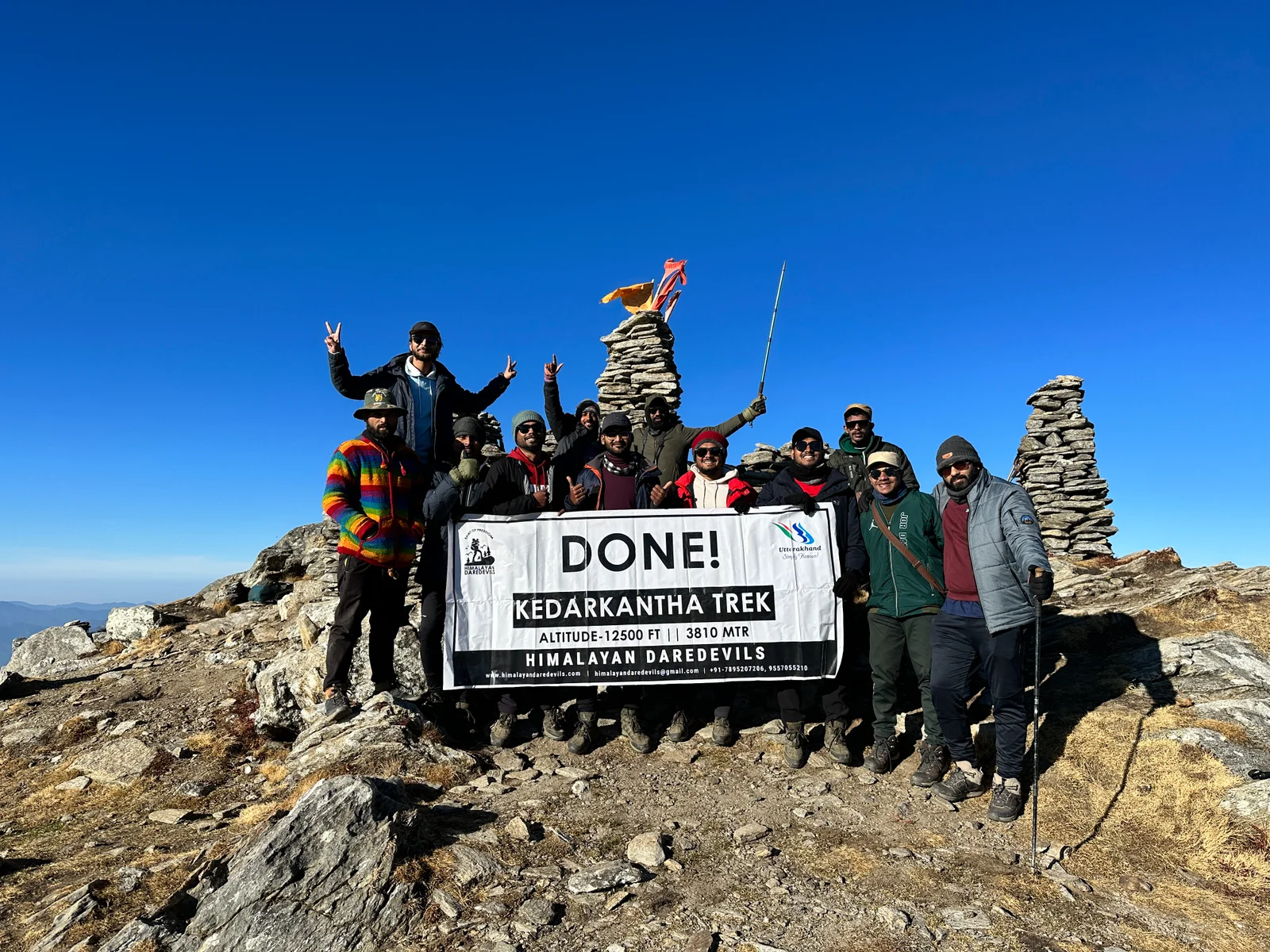Starting From
18,398
15,999.00

Starting From
18,399
15,999.00
Starting From
18,399
15,999.00
Charang Valley Trek (422+ Reviews)
Trek starts in Kalpa and ends in Losar
Chandigadh Railway Station
Jubbarhatti Airport (Shimla)
Kalpa
May, June, July, Aug and Sep
Kalpa to Losar
Veg
Home stay / Camping
Himachal Pradesh
10 Days
Difficult
17198 Ft
59 Km
Overview
Craving some adrenaline rush? Charang Valley Trek will satiate it. Featuring a steep climb with glaciated tracks, loose soil ways, slippery slopes, and challenging moraines, this trek is for brave-hearted adventure seekers. The trek offers mesmerizing views of the Kinner Kailash range along with gurgling rivers, Himalayan birds, and stunning monasteries. The trek begins in the tiny village of Thangi and ends in Manali.
The Charang valley is perched amid gorgeous Kinnaur valley which offers unforgettable experiences to cherish. Mt. Kinner Kailash “Abode of Shiva” lies in Charang valley which is of great significance to Hindus.
Highlights of Charang Valley Trek
Go deep in the valley and explore the natural beauty and panorama views.
Get opportunity to cross high mountain passes i.e. Charang La and Kunzum La
Get glimpses of Buddhist culture and visit ancient Buddhist monasteries like Dhankar Gompa, Key monastery and Tabo Monastery.
Kinner Kailash Mountain
Witness the ravishing landscapes and roam in the lower Spiti area.
Itinerary
The drive starts from Shimla towards Kalpa through picturesque Narkanda, Kurfi and Rampur to a hot water spring ‘Jeori’. Pass through the thick woods to reach Kalpa.
Apples are found in abundance here, some of the finest are found in this region. Reach Kalpa and get amazing view of Kinnaur Kailash, which stands tall at a height of 6050 m.
Arrangements will be made in a hotel today.
Today the drive is towards Lambar, it is 60 km away from Kalpa. Today’s destination is situated on the top of a deep gorge with an old village.
Return to the campsite and spend leisure time in the serene environment. Overnight stay will be in tents.
Start the trek to Kinner Kailash, post breakfast head to the north east and follow the stream. Shurting is the meeting point of two rivers which forms Lambar River.
Setup your camps on this high land and after having dinner, retire for the night.
Charang is famous for its 11th century’s ancient monastery ‘Rangrik Tungma Complex’. Reach this beautiful place and explore the divine vicinity.
The camps are setup near Charang village’s gorge. Reach there and retire for the night.
Today go deep in the Charang valley, start the ascent and cover the 8 km distance in approximately 6 to 7 hours. Lalanti is an amazing campsite, there are pasturelands with hundreds of blooming flowers.
The flowerbed blossoms with yellow and red flowers and there the sound of gushing rivers can be heard.
The campsite is below Lalanti Pass near a stream.
From Lalanti Base to Lalanti pass is a tough incline, get yourself prepared early, after 3:00 am and leave to conquer this high pass. Traverse the challenges and reach Lalanti Pass, standing at a height of 5242 m in glory.
Descent from the pass to Chitkul is long and tiring. While descending here you can spot Ibex. Reach the village and the arrangements will be made in a hotel.
Today, the drive is through the striking landscapes along the streamline of the Sutlej River, but while going further the road ends between the rocks.
Reach Tabo and get incredible views of snow covered peaks. Setup your camps and settle for the day here.
Today, visit ancient Tabo Monasteries and Dhankar. It overlooks the valley and is a perfect example of local architecture with spectacular background.
There are holy Buddhist scriptures written in Bhoti manuscript. Explore Tholing Gompa Monastery which is of great significance to Buddhists. It is the biggest monastery in Spiti region with excellent frescoes work.
On 9th day explore the Key Monastery which is located in Kibber village, situated at a high altitude of 4116 m. Kibber is the highest motorable village and here you can get glimpses of both Buddhist and Hindu cultures.
In the morning, after breakfast drive to Manali via 2 high passes Kunzum La and Rohtang Pass. Have lunch en route.
Charang Valley Trek Map

Inclusions
Exclusions
1. Meals while on trek (Veg.).
2. All necessary entry fees and permits.
3. Accommodation:- Guest house / Camping during Trek.
4. Mountaineering qualified & professional trek Leader, guide, cook, and Support staff.
5. First aid medical kits, stretcher, and oxygen cylinder.
6. Trek equipment: Sleeping bag, mattress, tent, kitchen & dining tent, toilet tent, utensils, and crampon (if required)
7. Staff Insurance.
8. Porters/mules to carry central equipment.
1. Any kind of personal expenses.
2. Food during transit.
3. Mules or porters to carry personal luggage.
4. Insurance.
5. Transport (Non Ac)
6. Any kind of emergency evacuation charges
7. 5% GST
8.Any expense incurred or loss cost by reasons beyond our control such as bad weather, natural calamities (landslides, floods), flight delays/rescheduling/ cancellations, any accidents/medical evacuations, riots/strikes/war/pandemics etc.
9. Anything not specifically mentioned under the head.
1. Meals while on trek (Veg.).
2. All necessary entry fees and permits.
3. Accommodation:- Guest house / Camping during Trek.
4. Mountaineering qualified & professional trek Leader, guide, cook, and Support staff.
5. First aid medical kits, stretcher, and oxygen cylinder.
6. Trek equipment: Sleeping bag, mattress, tent, kitchen & dining tent, toilet tent, utensils, and crampon (if required)
7. Staff Insurance.
8. Porters/mules to carry central equipment.
1. Any kind of personal expenses.
2. Food during transit.
3. Mules or porters to carry personal luggage.
4. Insurance.
5. Transport (Non Ac)
6. Any kind of emergency evacuation charges
7. 5% GST
8.Any expense incurred or loss cost by reasons beyond our control such as bad weather, natural calamities (landslides, floods), flight delays/rescheduling/ cancellations, any accidents/medical evacuations, riots/strikes/war/pandemics etc.
9. Anything not specifically mentioned under the head.
What to carry
- Trekking shoes: A good pair of trekking shoes is essential for a comfortable and safe trek. Look for shoes that are sturdy, provide good ankle support, and have a good grip on different types of terrain.
- Backpack with rain cover (50-60 ltr): A backpack is necessary to carry all your gear. Make sure it's the right size for your trek, and comes with a rain cover to keep your belongings dry in case of rain.
- Thermals (upper and lower): Thermals are lightweight and comfortable base layers that help regulate your body temperature in cold weather. Bring both upper and lower thermals to keep warm.
- 3 T-shirts (advisable quick dry): Choose quick-drying T-shirts made from breathable and moisture-wicking materials. This will help keep you cool and dry during your trek.
- 2 trek pants: Choose lightweight and comfortable trek pants that are easy to move in and can dry quickly if wet.
- Jacket (-10 degrees): A warm jacket is essential for cold weather. Choose a jacket that is waterproof and windproof, and provides good insulation.
- Fleece or hood (2): Fleece jackets or hoodies are great mid-layer options to keep warm. Bring at least two, as they can also be used as an extra layer at night.
- Sunglasses (UV protected): Protect your eyes from the sun's harmful UV rays with sunglasses that are designed for outdoor activities.
- Sun cap: A sun cap or hat with a brim will protect your face and neck from the sun.
- Hand gloves: Bring a pair of lightweight gloves to keep your hands warm and protected from wind and sunburn.
- Woolen cap: A woolen cap will keep your head and ears warm at night or in cold weather.
- Socks (3 pairs min): Bring at least three pairs of good quality socks that are moisture-wicking and provide good cushioning and support for your feet.
- Headlamp: A headlamp will come in handy if you're hiking in low-light conditions or need to find your way in the dark.
- Trekking pole (if needed): Trekking poles can help reduce strain on your legs and provide additional support on steep terrain.
- Rain cover\poncho: A rain cover or poncho will keep you and your gear dry during unexpected rain showers.
- Day pack (if you plan to offload your bag): If you plan to offload your backpack during the trek, bring a smaller day pack to carry essentials like water, snacks, and a first aid kit.
- A toiletry kit: Bring a small kit with personal hygiene items, such as a toothbrush and toothpaste, wet wipes, hand sanitizer, and toilet paper.
- Lunchbox, cup, spoon: If you plan to bring your own food, bring a lunchbox, cup, and spoon to carry and eat your meals.
- 2 one-liter bottles: Staying hydrated is crucial, so bring at least two one-liter bottles to carry water.
- 2-3 plastic covers to keep your wet or used clothes: Plastic bags are useful for keeping wet or dirty clothes separate from the rest of your belongings. They can also be used to pack out any trash or waste you generate during the trek.
How to reach
Fitness and preparation guide for Charang Valley Trek
We recommend jogging as the best routine to get fit for a trek. It works on the same muscles that you use while trekking — your calves, glutes and hamstrings. It helps increase your stamina day by day. It is also an easy routine that does not require any equipment or tools.
Fitness target:
To do this trek comfortably, you must be able to cover 5 km in under 35 minutes. This is the minimum fitness required for this trek.
How to achieve this fitness?
- Start jogging at least 4 days a week
- If you cannot run 5 km immediately, start with 2 km and increase to 5 km over 2-3 weeks.
- Once you’re able to run 5 km, increase your pace day by day.
- Gradually increase your pace and bring it down to 5 km in less than 35 mins.
- You must be able to run 5 km in 35 mins consistently for at least 2 weeks before the trek.
This trek requires at least 6-8 weeks of preparation. The longer, the better. So plan your trek soon and start preparing.
Cancellation policy
Life is unpredictable and we understand sometimes you have to cancel or change your trip dates and it is our endeavour to make it as easy possible for you. However, please understand we plan everything including guide fees, permits, accommodation and ration in advance. Therefore any cancellation means inconvenience and certain losses to the people involved in various stages of programme. Keeping that in mind, our cancellation charges are as below-
Cancellation prior to 30 days from start of the event: Get monetary refund with 15% of cancellation charges on trek fee.
Cancellation between 30 days and 15 days to the start of event: 50% on trek fee is non refundable and the remaining 50 % will be given as cash voucher which is valid for 1 year.
Cancellation less than 15 days to the start of event: No refund.
Please note cancellation will be only accepted by email.
Booking amount is non refundable
Note: The Himalayan Daredevils reserves the right to cancel a programme before departure in the event of logistical problems arriving due to natural calamities, strikes, wars on any other circumstances that makes the event inadvisable. In this case, 50% on trek fee is non refundable and the remaining 50 % will be given as cash voucher which is valid for 1 year.
Itinerary changes & trip delays:
We plan itineraries based on the information at the time of planning and in rare circumstances, there are subject to change. In the event that the itinerary is changes or delayed due to unforeseen circumstances such as bad weather conditions, transportation delays, government intervention, landslides etc. We will always aim to give you the best experience possible. However The Himalayan Daredevils are not be held responsible for the cost of delay or changes.
Why Choose Us




